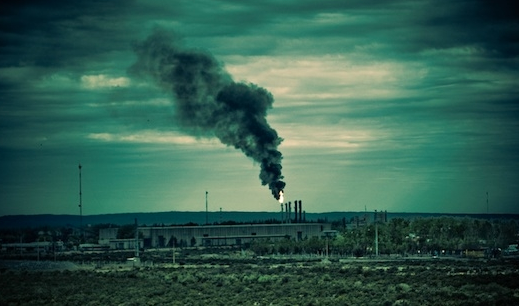Code Green Solutions


Chris Pyke, vice president of research at the U.S. Green Building Council, is a lead author for Chapter 9: Residential and Commercial Buildings in the third installment of a new report from the United Nations Intergovernmental Panel on Climate Change.
The United Nations Intergovernmental Panel on Climate Change released the final volume of its Fifth Assessment on Sunday in Berlin. This landmark report addresses the opportunities, costs, and benefits of action to mitigate greenhouse gas emissions – the primary driver of anthropogenic climate change. The new report completes the set, complementing the first two volumes which tackled the science of climate change and the impacts of a warming world on people and the environment.
The new report is another scientific tour de force reflecting years of work by hundreds of scientists around the world. The authors reviewed thousands of scientific publications to provide a comprehensive review and synthesis of fast moving issues. Underneath all the details, the report boils down to several simple messages:
The bottom line is that buildings – in the broadest sense – must be part of a coordinated, economy-wide effort to address greenhouse gas emissions. Buildings offer some of the most cost effective mitigation opportunities and, the absence of action in the building sector, creates long term challenges.
Fortunately, tens of thousands of green building projects around the world have demonstrated that it is possible to create cost-effective, high performance buildings that benefit people and the environment. IPCC’s landmark report underscores the global importance of this effort and the need to deepen and scale up these efforts in the years ahead.
The executive summary of the new report is available from http://www.ipcc-wg3.de